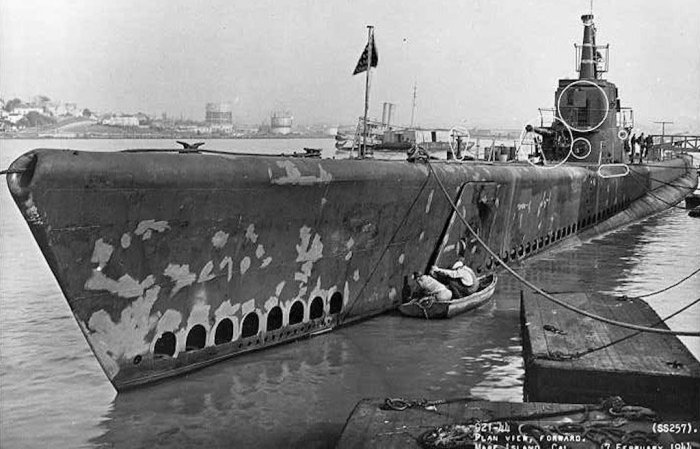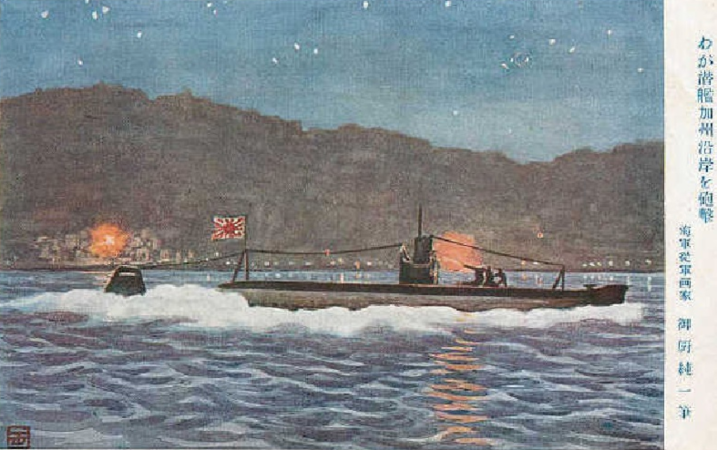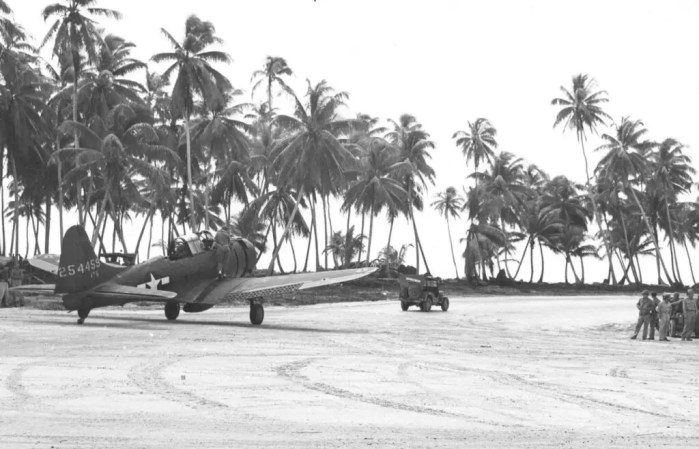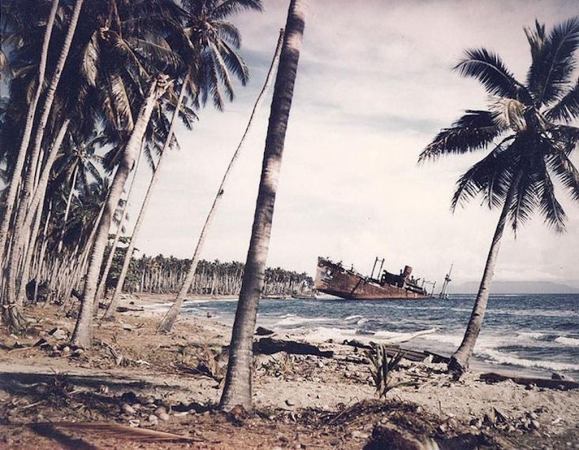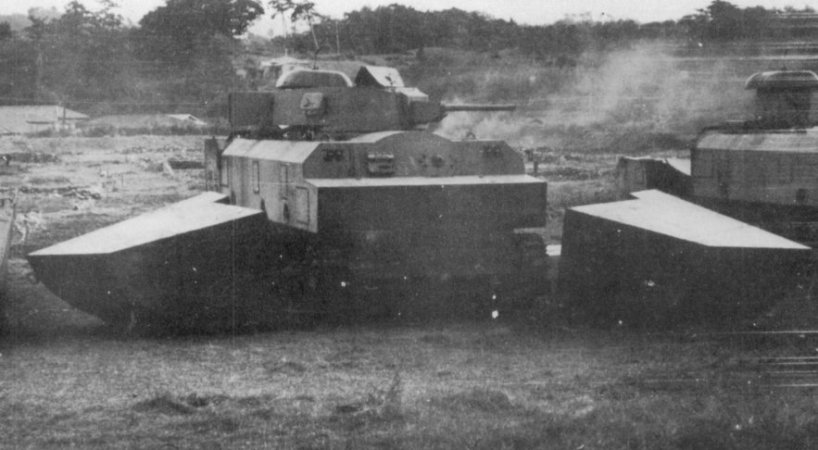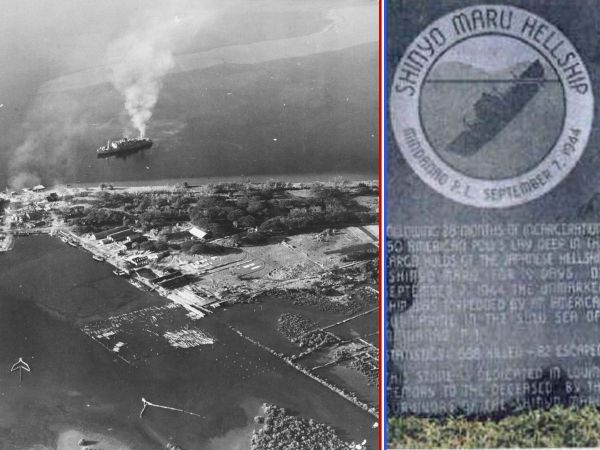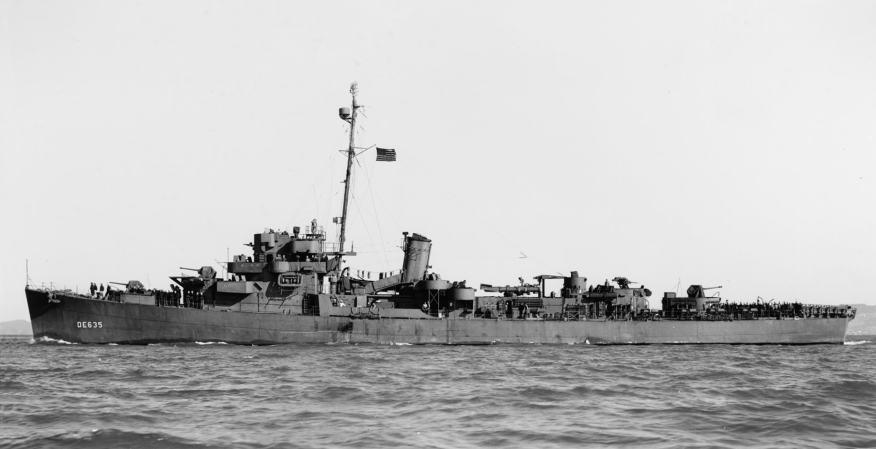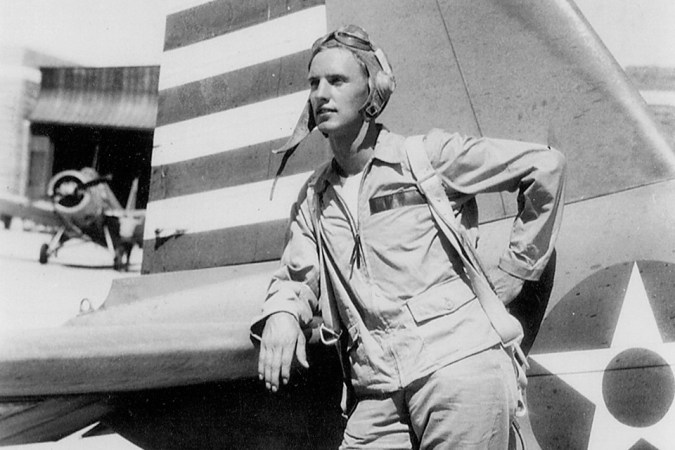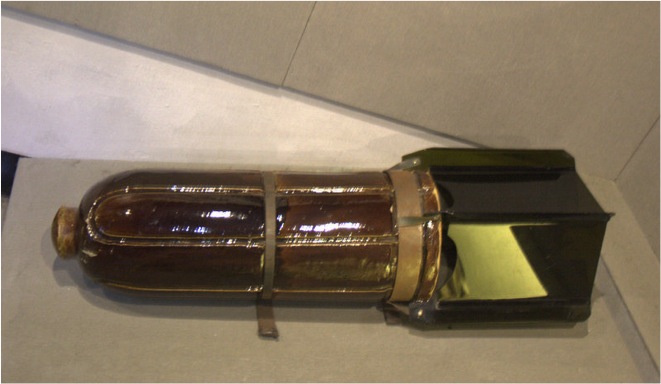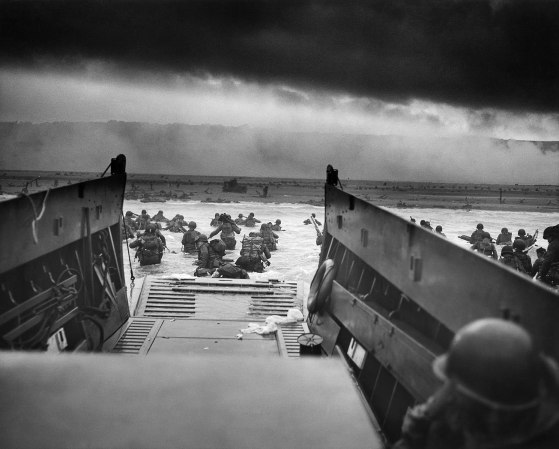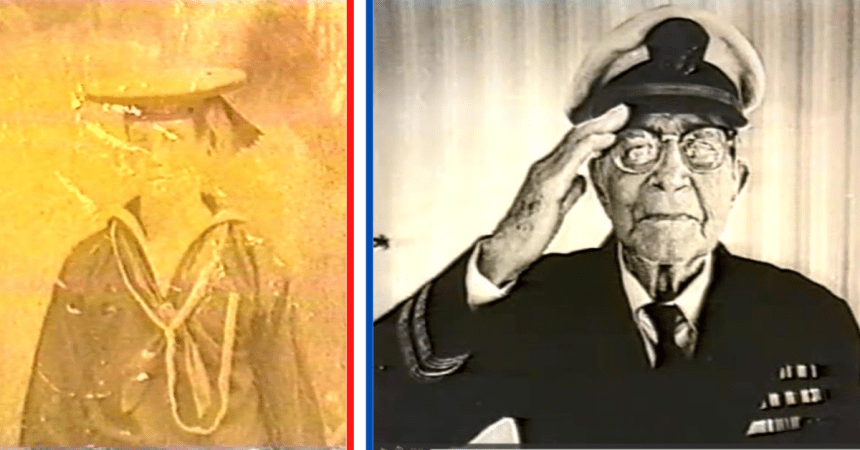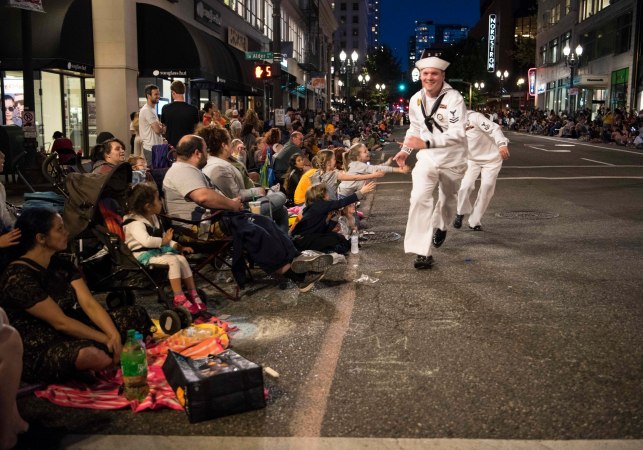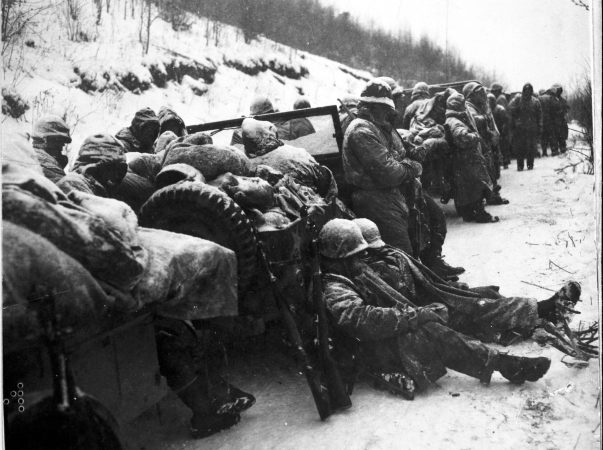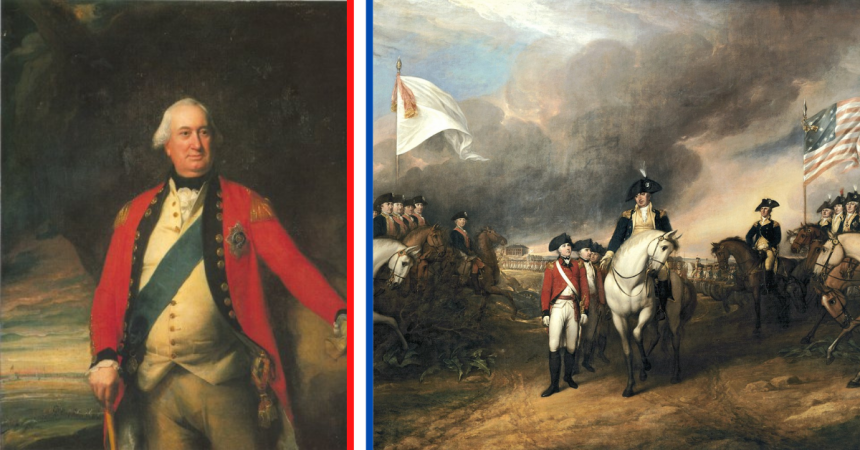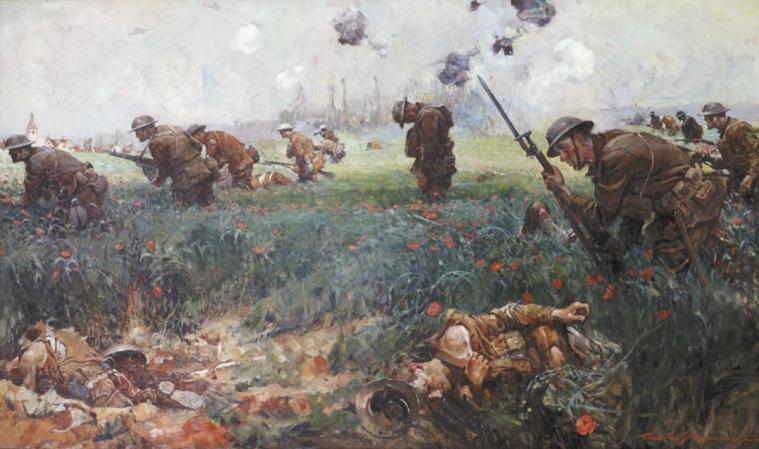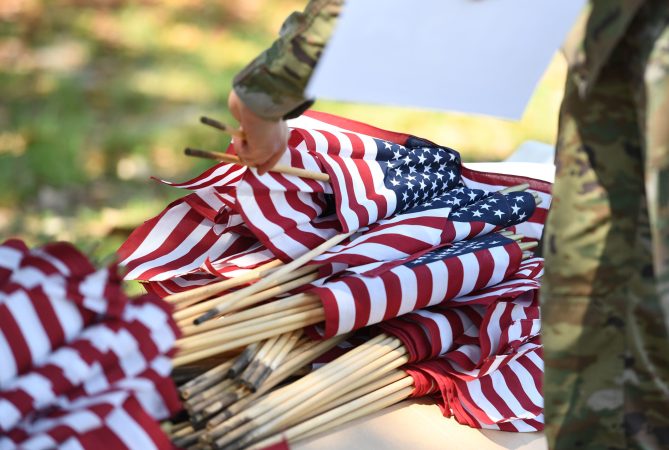During the opening days of World War II in the Pacific, in late 1941 the Imperial Japanese military quickly invaded the British-controlled Solomon Islands in the southwest Pacific Ocean. The islands were a strategic location, critical to threatening shipping between the United States and Australia. Capturing the islands was part of an overall plan to take New Guinea and other islands in the area to construct naval bases and airfields in preparation for a future invasion of Australia.
Several Europeans, Australians and Americans were trapped on the islands and evaded capture by the Japanese over several months. Among these were four Sisters of St. Joseph of Orange, American nuns Mary Isabelle Aubin, Mary Celestine Belanger, Mary Irene Alton and Canadian nun Mary Heda Jaeger. Two of the Sisters were teachers, and two were nurses. They had arrived in the Solomon Islands in December 1940, new to missionary life, and began working on the island of Buka. They were immersed in an incredibly challenging tropical jungle climate to serve the island’s people and their unfamiliar cultures and languages. When the Japanese attacked Pearl Harbor, Hawaii, one year later, all Western citizens were advised to evacuate the islands. However, the Japanese, with established bases in Saipan and Truk to the north, wanted Buka for an airfield and moved swiftly to take the island.
The Sisters, along with others, managed to escape to the island of Bougainville. Sister Hedda Jager kept a journal of their experiences. They learned other missionaries captured by the Japanese in the Solomons had been tortured and executed. Bougainville was also slated to become a major Japanese military base. By this time, their group consisted of 29 people: 14 missionary nuns, four other women, three young girls, two priests and six planters. In the middle of this perilous situation, a priest from the group led the rescue of two priests and three nuns whom the Japanese had under guard at a mission on the northern tip of Bougainville.
For over a year, the refugees lived a knife-edge existence in the jungle, evading the Japanese. Eventually, contact was made with Allied military forces, and the group made their way to a secluded beach to be rescued. Just over one year from the start of their ordeal, the submarine USS Nautilus surfaced one hundred feet from the shore on New Year’s Day, 1942. Everyone made it safely on board and was taken to Brisbane, Australia. Along the way, the Nautilus managed to torpedo a Japanese merchant ship. Amazingly, when the war ended in 1945, all four Sisters returned to their work on Buka.

The real-life story of the Solomon Islands sisters intersects with two popular post-war movies: “Heaven Knows, Mr. Allison,” and “Operation Petticoat.”
“Heaven Knows, Mr. Allison” is a 1957 CinemaScope film that tells the story of a shipwrecked Marine, played by Robert Mitchum, on an intermittently Japanese-occupied small island with a young nun, Sister Angela, played by Deborah Kerr. Sister Angela’s compatriots had left to reach a native settlement on the other side of the island while she stayed at the mission in case rescue forces showed up. Only Mitchum, washed ashore in a small rubber life raft, ever arrived, and the sister’s compatriots were never heard from. They were finally rescued when U.S. forces attacked the island.
The film was adapted from a 1952 novel by Australian author Charles Shaw and was directed by John Huston. It received two Academy Award nominations, Best Writing, Screenplay Based on Material from Another Medium, and Deborah Kerr for Best Actress in a Leading Role. The story, at some level, illustrates the comparatively similar cultures of dedication and commitment of both Catholic religious orders and the U.S. Marine Corps. Interestingly enough, both institutions had representatives monitoring the movie production.
Perhaps a more direct connection with the Solomon Islands nuns existed with another post-war movie, 1959’s “Operation Petticoat.” Actor Tony Curtis, who served on submarines during the war and admired the performance of superstar actor Carry Grant in the classic 1943 submarine service movie “Destination Tokyo,” was credited for selling the idea to Hollywood execs. The comedy is about a submarine tasked with evacuating a group of female military nurses in the early days of the war and the cascading circumstances that conspired to keep the nurses on board much longer than anticipated. It is hard to imagine that Curtis was not well aware of the submarine evacuation of the nuns and the evacuation of several military nurses from the Philippines to Australia by the submarine USS Spearfish. No doubt he could also imagine the complications of having women on board an especially cramped and dangerous World War II sub. The film was a huge box office success.



